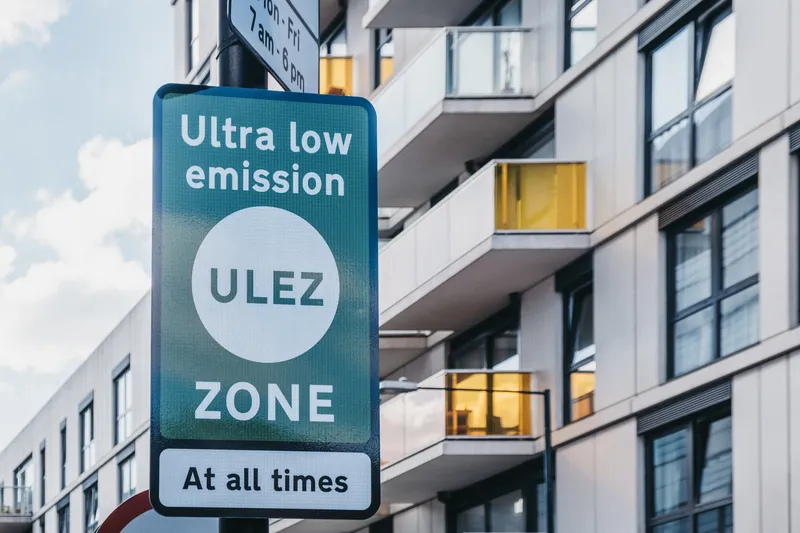Speeding tickets have brought US$398 million in revenue to the French government over the first six months of 2012. Antai, the national agency for automated processing of traffic violations expects US$830 - $860.5 million in revenue for the full year compared to $785.56 million in 2011. The number of speed cameras deployed throughout France is expected to reach 2,200 by late 2012. The expansion programme cost nearly $246 million in 2011 and it is believed that the budgetary policy will change after 2013. Ra
August 10, 2012
Read time: 2 mins
Speeding tickets have brought US$398 million in revenue to the French government over the first six months of 2012.
Antai, the national agency for automated processing of traffic violations expects US$830 - $860.5 million in revenue for the full year compared to $785.56 million in 2011.
The number of speed cameras deployed throughout France is expected to reach 2,200 by late 2012. The expansion programme cost nearly $246 million in 2011 and it is believed that the budgetary policy will change after 2013. Rather than install new machines, older radar systems will be replaced with modern units.
Antai says it has seen a 20 per cent increase in driving speeds since early 2012. It says this is partially due to more foreign drivers exceeding the speed limit. In addition, more cameras are catching drivers who run red lights. There have also been changes in the penalty system. Drivers that slightly exceed the limit have one point taken from their permit, but it is restored after six months.
Though the number of road deaths has fallen with automated speed enforcement, 3,963 people died as a result of traffic accidents in 2011. The number of people killed in traffic accidents in July 2012 rose 3.6 per cent after six months of decline.
Antai, the national agency for automated processing of traffic violations expects US$830 - $860.5 million in revenue for the full year compared to $785.56 million in 2011.
The number of speed cameras deployed throughout France is expected to reach 2,200 by late 2012. The expansion programme cost nearly $246 million in 2011 and it is believed that the budgetary policy will change after 2013. Rather than install new machines, older radar systems will be replaced with modern units.
Antai says it has seen a 20 per cent increase in driving speeds since early 2012. It says this is partially due to more foreign drivers exceeding the speed limit. In addition, more cameras are catching drivers who run red lights. There have also been changes in the penalty system. Drivers that slightly exceed the limit have one point taken from their permit, but it is restored after six months.
Though the number of road deaths has fallen with automated speed enforcement, 3,963 people died as a result of traffic accidents in 2011. The number of people killed in traffic accidents in July 2012 rose 3.6 per cent after six months of decline.









